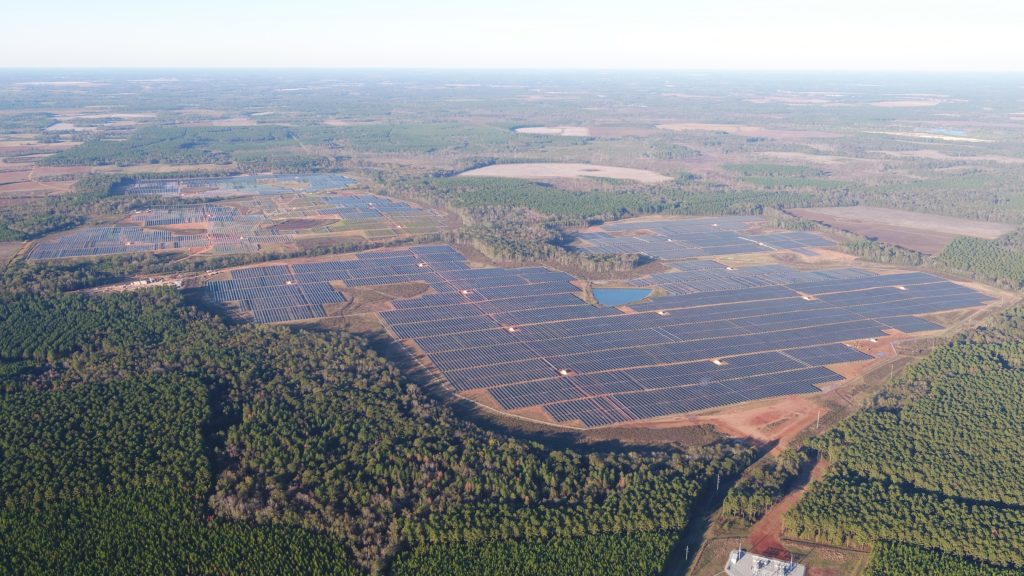
South Carolina’s electric cooperatives are adding more than 300 megawatts of utility-scale solar to their portfolios through several power purchase agreements to help meet the electricity needs of their members and satisfy their demands for renewable energy.
“Prices for renewable energy have declined to the point where well-planned and adequately capitalized projects make good economic sense,” said Jim Lamb, senior vice president of planning and power supply at Central Electric Power Cooperative, a generation and transmission co-op. “We’ve found our own solar suppliers and designed contracts that give us flexibility in how we meet the energy needs of our member co-ops.”
Five agreements call for design, deployment and construction of new solar arrays in four counties. Commissioning and energy production are slated to begin by late 2023.
The new solar facilities represent a significant expansion of Columbia, South Carolina-based Central Electric’s wholesale power portfolio, and the projects collectively represent a nearly 40% increase in the state’s solar capacity.
“We’ve gone from two wholesale power suppliers to six with these solar contracts,” said Gerry Fleming, Central Electric’s director of power supply operations. “Our main reasons for doing this are technology diversification and economic considerations, and these solar contracts meet both of these goals.”
Nashville, Tennessee-based Silicon Ranch, a platinum associate member of NRECA, will develop two projects totaling 200 MW in South Carolina’s Georgetown County.
The remaining projects are:
• A 75-MW array in Williamsburg County being built by Durham, North Carolina-based Ecoplexus.
• A 75-MW array in Aiken County being built by Charlotte, North Carolina-based Birdseye Renewable Energy.
• And a third 75-MW array in Dorchester County being built by Spartanburg, South Carolina-based Johnson Development Associates.
Co-op officials cite performance, reliability and declining costs as factors driving the G&T’s strategic planning, which could eventually include utility-scale storage as South Carolina struggles with constrained access to natural gas generation due to limited pipeline infrastructure.
“We’re focused on meeting the needs of our 20 member co-ops, and that means we need to be flexible with our investments and prepared to harness technologies that diversify our generation portfolio,” said Rob Hochstetler, Central Electric’s CEO. “Continuous improvement of our portfolios has to be the goal.”
Derrill Holly is a staff writer for NRECA.